A Case Still Open: The Engine Cowling
Looking at “Green 9” photographs, one of the most eye-catching feature is the unusual painting of the engine cowling. At first glance, it would even seem “mismatched”. In any case, even if this assessment was not so drastic, it could be at least said that the appearance of the cowling noticeably contrasts with the rest of the fuselage. This feature (more than any other one) was an element that caused the author several headaches. Before going into the subtleties of this part, however, let’s try to understand the reason for this singular aspect.
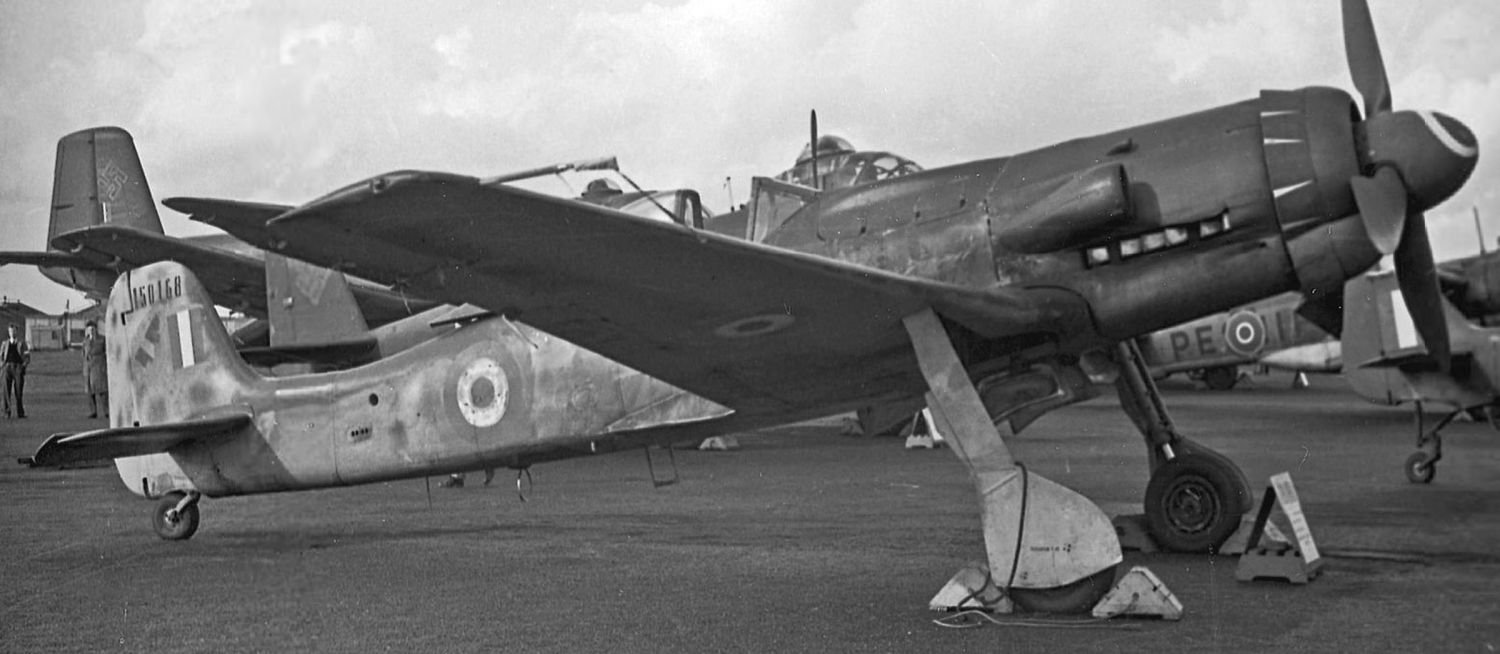
This shot shows the demarcation between the flat and even tint of the engine cowling, compared with fuselage irregular and mottled pattern.
The cause, as already mentioned in other articles, is to be attributed to the decentralized production system adopted by German industry in the terminal stages of the Second World War. Essentially, instead of manufacturing aircraft, armoured vehicles, submarines and so forth entirely in large factory complexes, The Germans dispersed the production of individual parts and components to many subcontracted facilities of all sizes and complexity scattered throughout the Reich. By doing so, the production system was far less vulnerable to Allied bombing and, moreover, the discovery of its assembly centers was made more difficult to discovered by aerial reconnaissance.
The Engine Cowling of “Green 9”
So, returning to our plane, the Jumo 213 E-1 engine “power egg” (including propeller and spinner) were built in a different facility from the one that assembled the aircraft. Given the presence of the same feature on both W.Nr. 150167 and W.Nr. 150168 (“Green 9”), it is most probable that both engine components came from the same producer. If that were the case, the manufacturer in question would be Vereinigte Flugmotorenwerk GmbH of Leipzig-Tachau (manufacturer’s Code “MNR”). This is confirmed by the identification plate affixed to the aforementioned Jumo 213 E-1 previously at the Champlin Fighter Museum in California and now part of the Paul Allen Collection.
Unfortunately, the author has not yet been able to obtain further information regarding this firm. Indeed, if readers know more details, I kindly invite them to contact me leaving a comment to be able to enrich the article. Thank you in advance for your help.
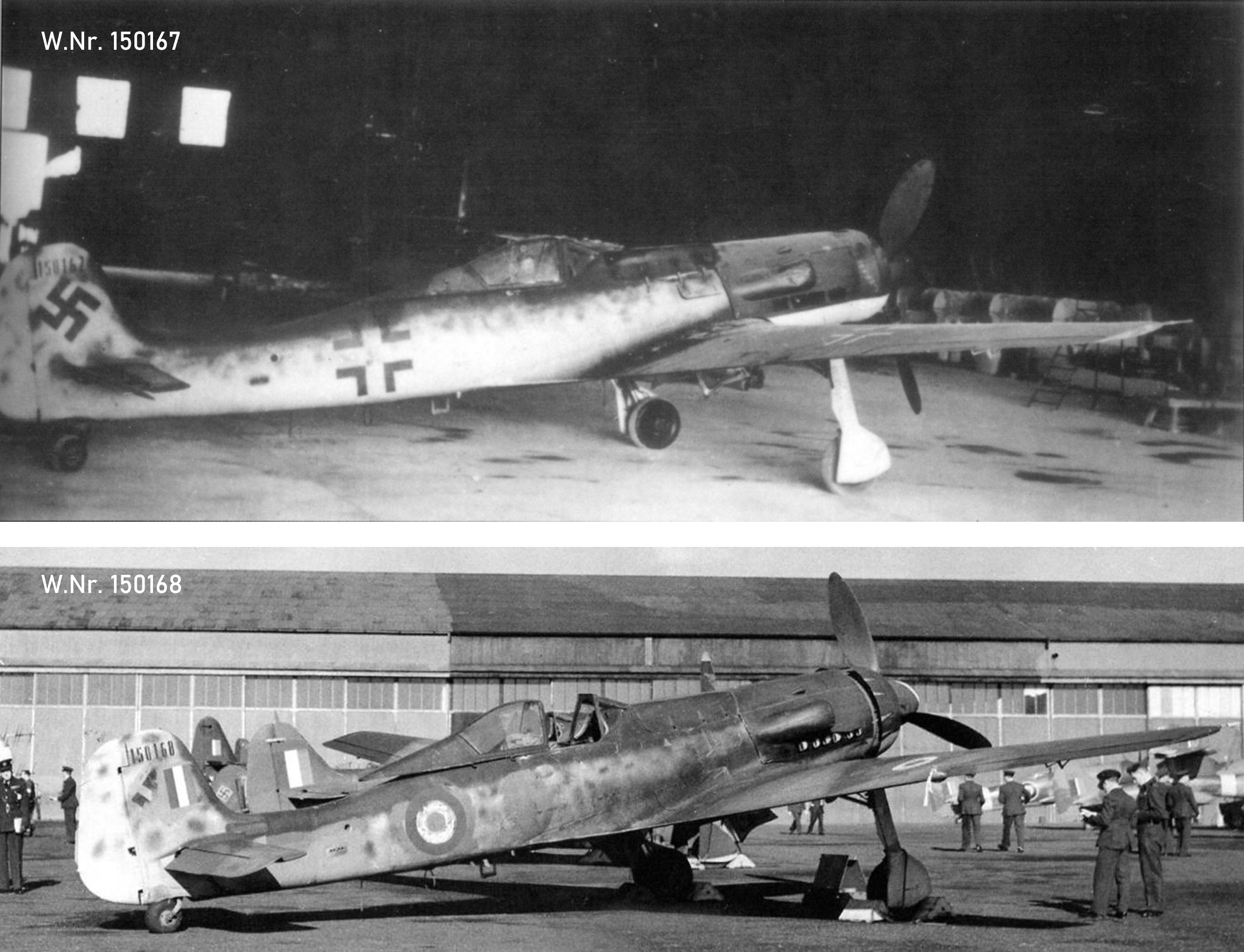
These photographs allow a comparison between W.Nr. 150167 and W.Nr.150168. What mostly stands out is the similarity of the camouflage schemes. In particular, both machines sport the same painting concerning the engine cowling and, in both cases, the “power egg” colour mathces none of the fuselage ones.
A Mysterious Colour…
Regardless of the production facility, the different colours found painted on these parts is noticeably visible. The issue becomes more intriguing when comparing the engine cowling with any other major component of the aircraft. This is true for both machines equipped with this one unusual cowling.
In fact, in the previous paragraphs, we have ascertained that the colours applied on the upper surfaces were RLM 81 v.2 and RLM 82. Yet, it appears that neither of these colours match the cowling hue. Based on the light exposure of the subject in the various photographs, in some cases this difference is clearer than in others.
In some cases it appears to be close to RLM 81 and in others almost identical to RLM 82. To make matters worse, in other cases it looks darker than both RLM 81 and 82! In other words, it seems that available photographic sources conspired to be at odds with one another.
For this reason, the author considered a little chromatic digression appropriate to solve this issue.
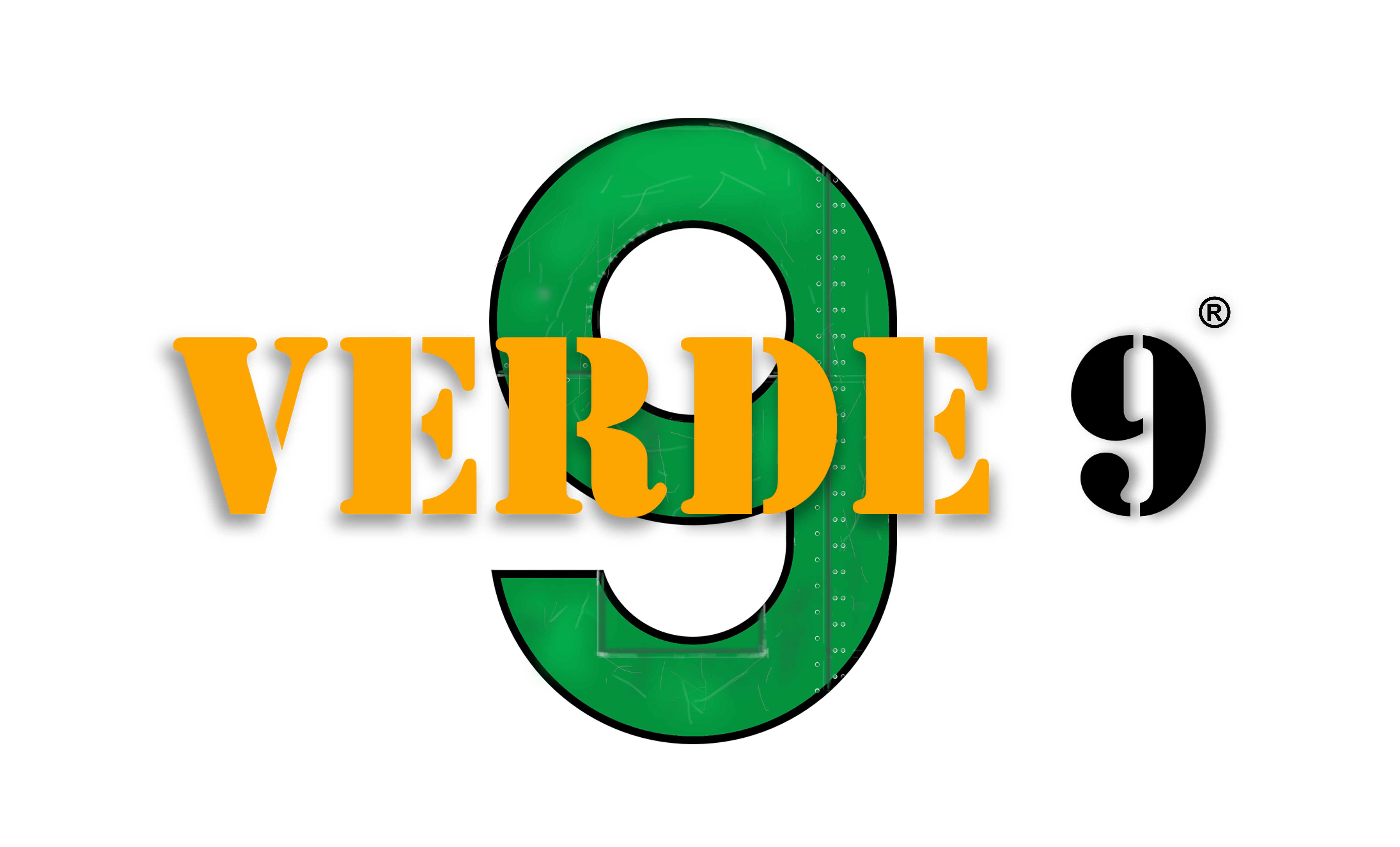

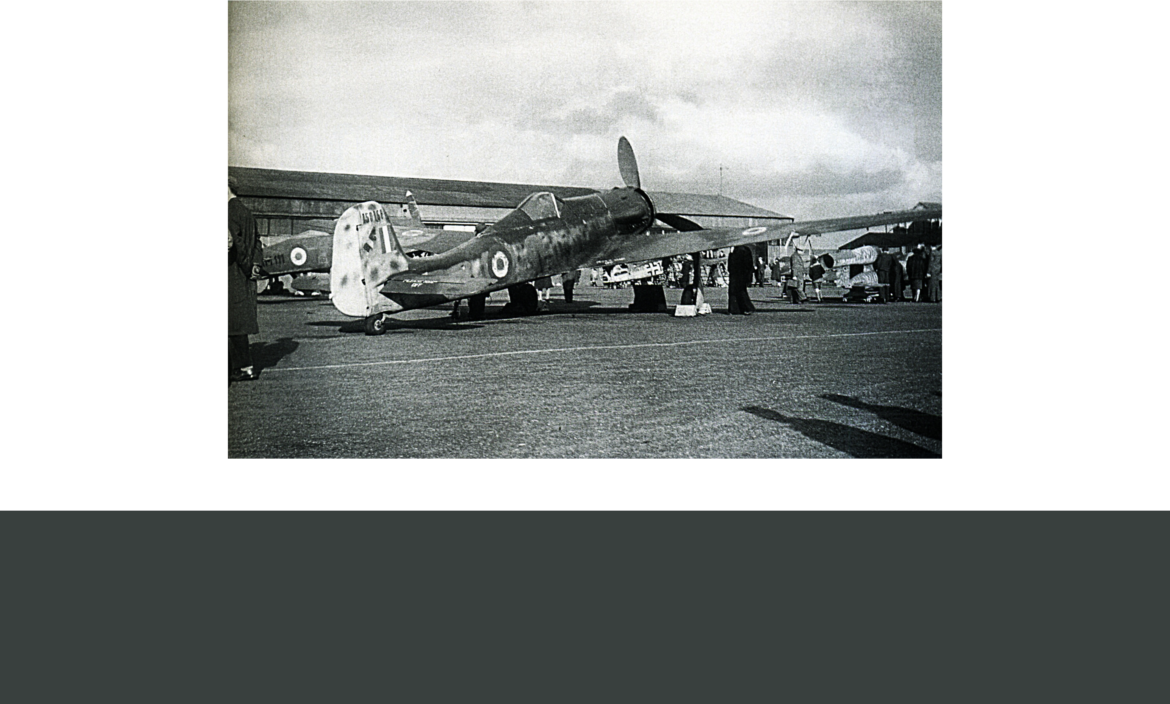
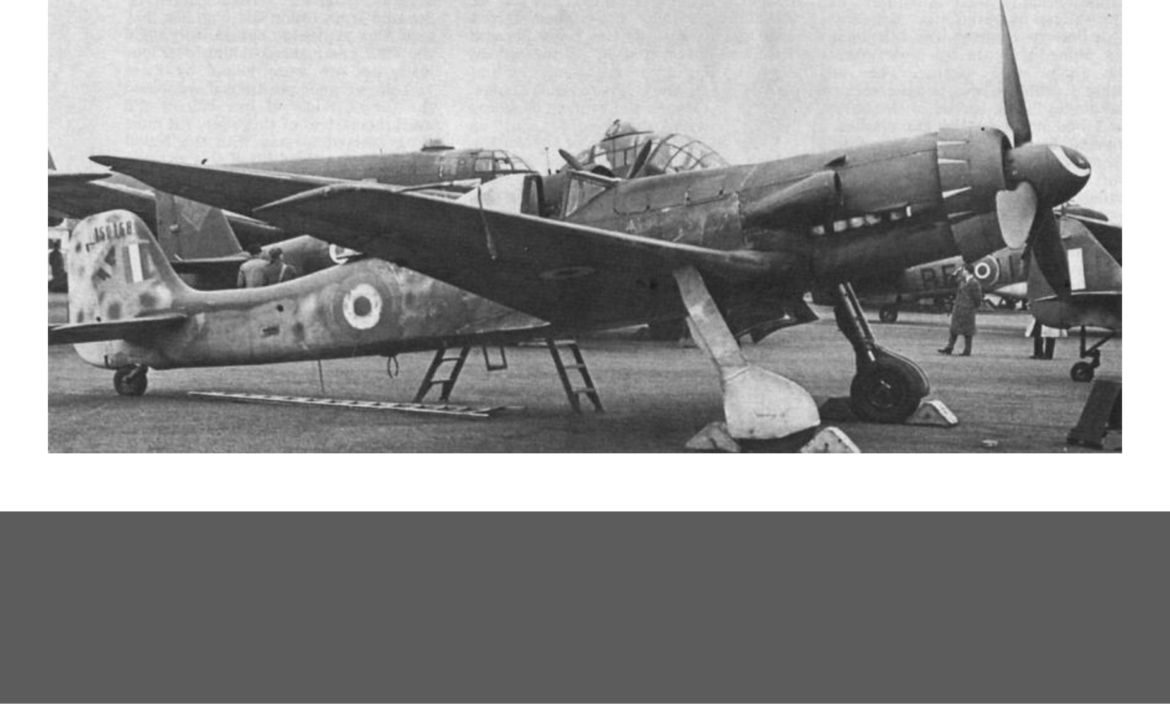
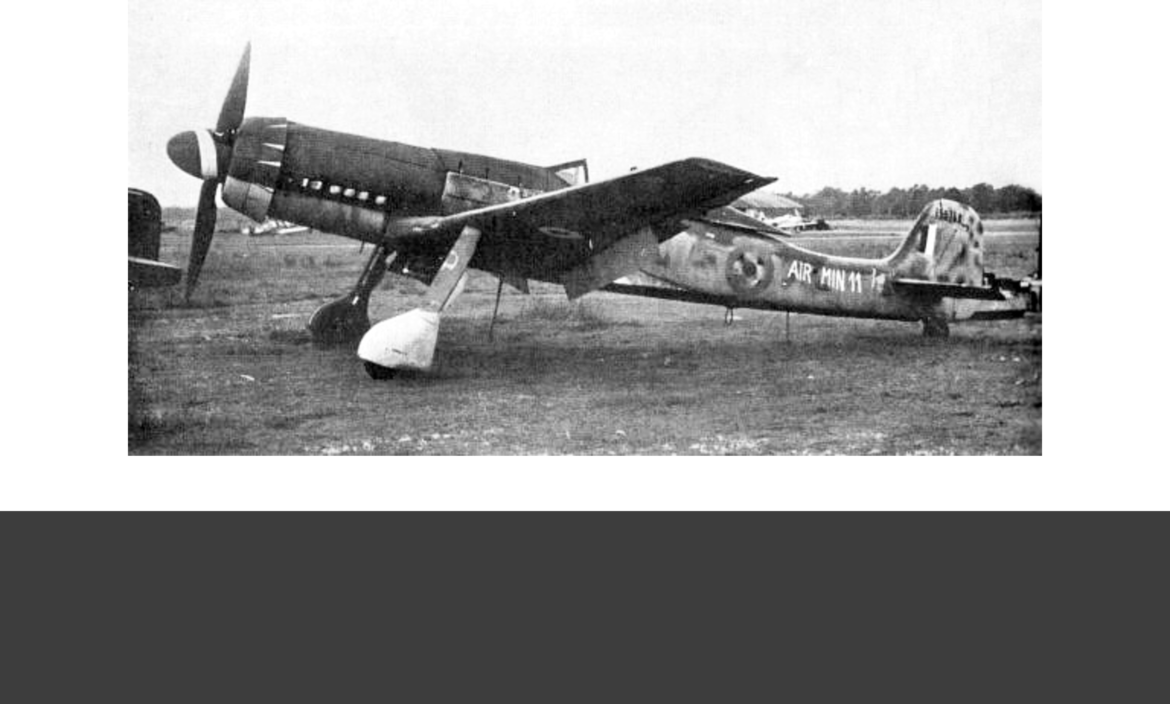
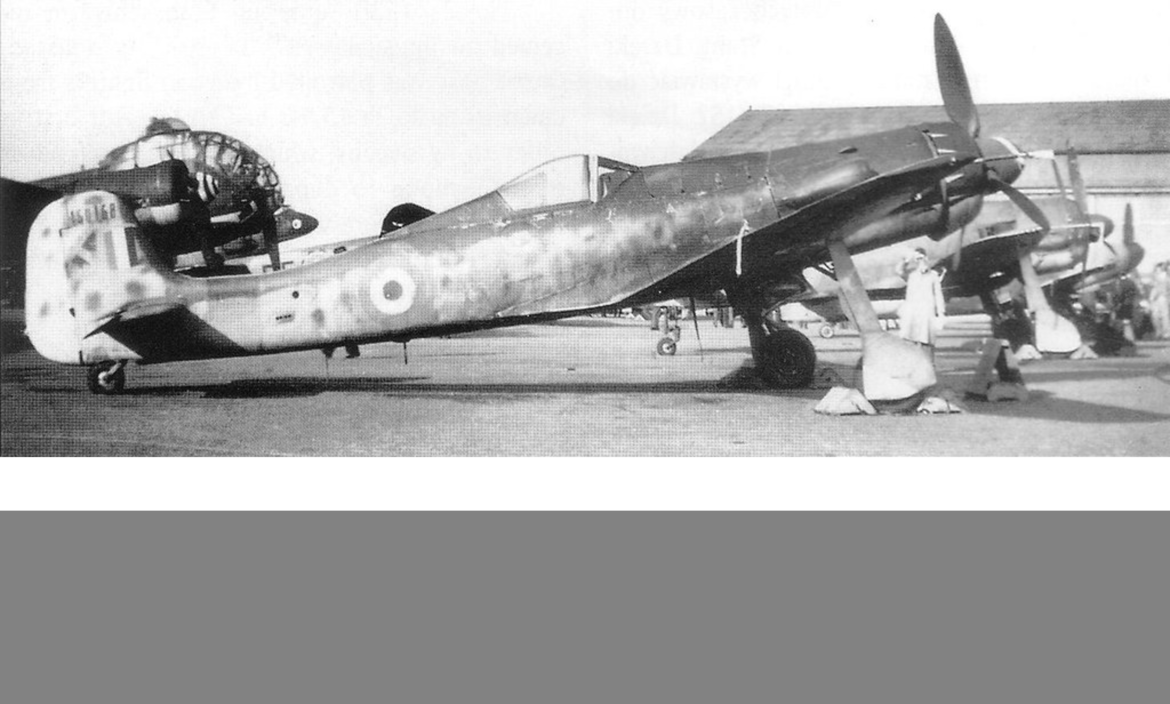
2 commenti
I read this discussion and found it very interesting, but in light of the documentation consulted (which I also have in large part) and in light of the discoveries on the German colors of the Luftwaffe in recent years, don’t you think that the “power egg” is in the dark version of the RLM 82?
Dear Ivano,
Thank you for sharing your opinion! Actually, the “power egg” colour could definitely be a dark shade of RLM 82, as you suggest, and I do agree with you. The reason why I do not want to consider this, as well as any other possibility mentioned in my article as “the actual” colour, is perfectly represented by your kind comment. As long as new information can still be found and new researches developed, I can do nothing but present various theories, both having their strong points and weaknesses, yet plausible. Giving a definitive answer would be like excluding any other suggestion, and that is not the idea that lies behind this article.
If the answer was fixed and assured, the chance of someone expressing a new approach to the topic would be undoubtedly narrowed.
Thanks to people like you, who share their own opinion, furhter points of view and refinements can be achieved and, to me, that is the only way that a reserch in such a specific field like this can be conducted and developed.
I profoundly thank you for expressing your opinion, and I hope that any future reader would be pleased to do the same.
Best regards,
Alessandro